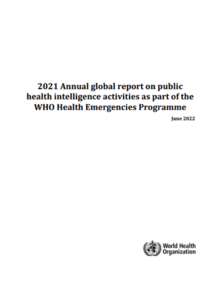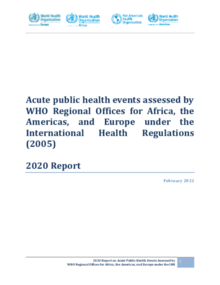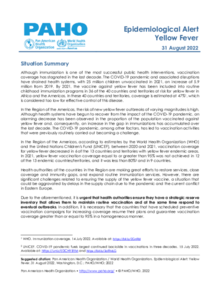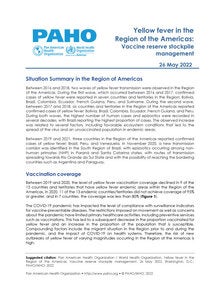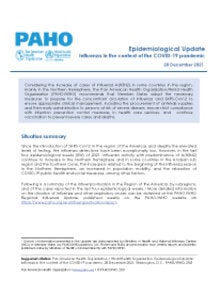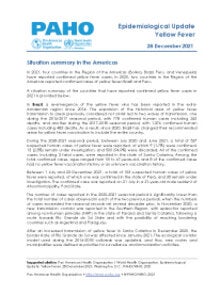What is Epidemic Intelligence?
What is known as Epidemic Intelligence (EI) is the cycle of organized and systematic collection, analysis and interpretation of information from all sources to detect, verify and investigate potential health risks.
Key facts and statistics
Annually, over 2 million pieces of information are screened by PAHO for the Americas Region. In 2024, 1,418 potential signals were detected (monthly average 118). The majority of potential signals were related to infectious diseases (74%).
The Americas Region recorded 2,709 events between 2001 and 2024. In 2024 alone, of the 497 events recorded by WHO, 150 (30%) were monitored and reported by PAHO, making the Americas Region the WHO Region with the highest number of events recorded.
Of the 150 events recorded in 2024 for the Americas, 92 were substantiated acute public health events reported in 28 countries and territories. Of these substantiated events, 82 (89%) were related to infectious diseases, 4 (4%) were product-related, 4 (4%) were disaster-related, 1 (1%) was chemical-related, and 1 (1%) was undetermined.
Epidemic Intelligence in the Americas
In the Americas region, epidemic intelligence is carried out by both PAHO/WHO and its Member States.
First, PAHO, WHO, public health authorities and researchers collect data from many sources including Ministries of health, national institutes of public health, WHO collaborating centers, civilian and military laboratories, academic institutes, and non-governmental organizations (NGOs). Then, analyze all together to detect, assess, characterize, monitor and respond to health conditions, as well as related risk factors.
Throughout the process of gathering data and disseminating information, risk assessments are routinely carried out to establish the potential impact of an event on human health, the risk of spread, and the related resource implications for mitigation.
Once a public health risk has been detected, an effective management process is essential to continuously monitor and assess its status, share information, and support response activities when and where needed. WHO’s Event Management System (EMS) is the central electronic system for entering, accessing, and managing information for all potential and substantiated events. The EMS records each event’s details, official communications, WHO assessments and risk analysis, and decisions.
A shared responsibility
Member States' transparency and PAHO's capacity to maintain communication with National Focal Points are crucial. To ensure a comprehensive picture of threats and risks to global health security, WHO gathers information from a variety of sources, both formal and informal. Therefore, PAHO’s capacity to provide actionable information and technical advice to national authorities about public health events that could pose a threat to global health security depends on the timely notification and transparency of Member States in sharing information with PAHO as well as on PAHO’s capacity to maintain communication 24/7 with the National Focal Points (NFPs).







